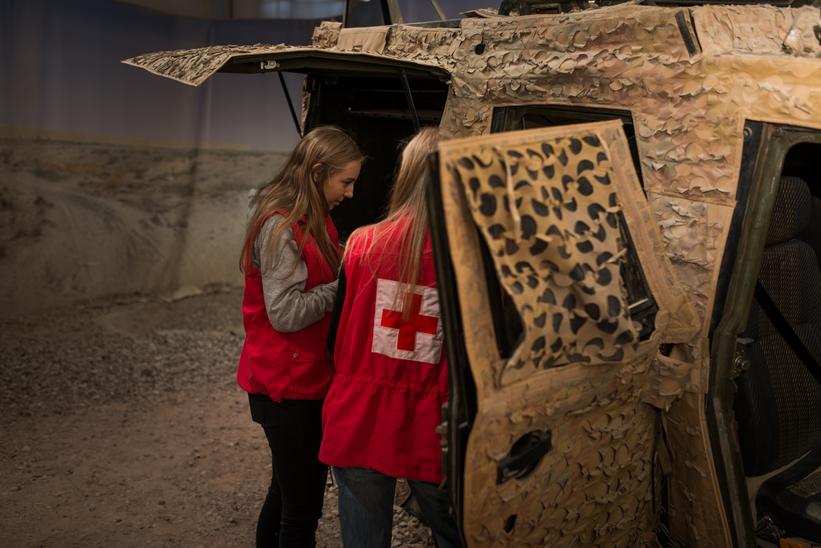
Your history starts here
Our mission is clear! We are Denmark’s largest cultural-historical museum and external educational learning environment, and it is our ambition to be the pupils’ historical backbone and provide them with a great opportunity to situate themselves in history. There are 20 museums under the National Museum’s umbrella and they all provide learning courses for about 100.000 children and teenagers all over the country from day-care institutions, primary schools, secondary schools and gymnasiums to language schools.
The National Museum Copenhagen, the Danish War Museum, Kronborg Castle, Klunkehjemmet (The Victorian Home), the Danish Music Museum and Brede Works are all powerhouses for the National Museum’s learning centre.
We collaborate with a wide range of educational institutions and actors to accommodate relevance and make sure that the collaboration between the educational sector, Fælles Mål (Collective Goals of the Ministry), teacher plans and the objects of the museum.
We are a great alternative to the classroom because we create the frames for social experiences and collective references in the new learning environment. Through dialogue and active participation learning situations are created, which help strengthen the pupil’s ability of working in teams and proactive acting to be able to argue and discuss.
The National Museum’s learning strives to challenge the pupils’ perception of reality. We value a playful and experimental approach to learning, where the museum’s research is made more accessible, concrete and current, through senses, involvement and creativity. The museum’s learning takes its starting point from the pupils’ lifeworld and understandings, as well as taking a basis on the fact that the pupils learn things differently.
The pupils will meet the past through some of Denmark’s history and the world culture’s most spectacular objects and authentic environments. Through the meeting with these entities, the pupils will gain the ability to discover that history is relevant to them and a part of them and that the past is a palette of opportunity to understand the future.